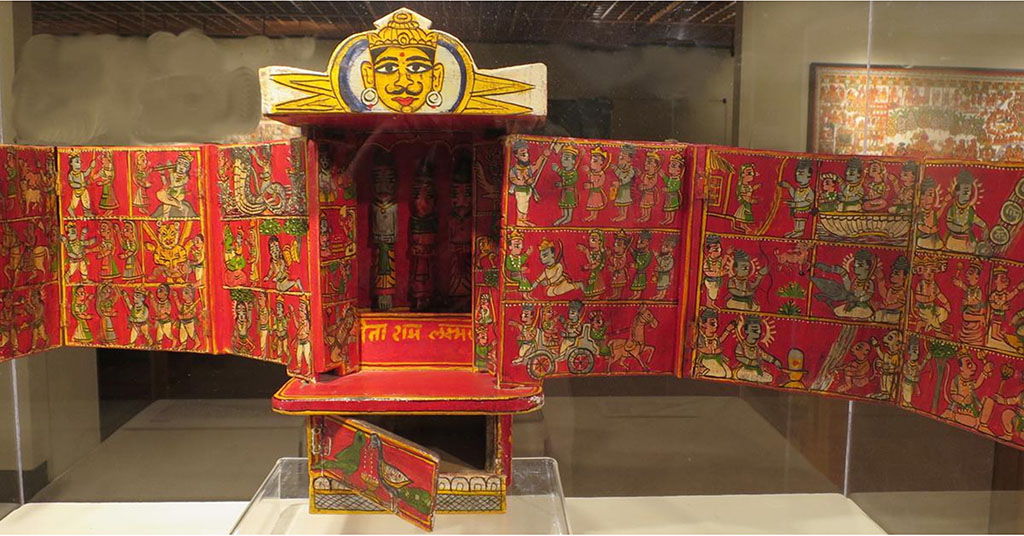INDIA, July 11, 2021 (Scroll.in): With travel paralysed by the Covid-19 pandemic struck, technology still allows us to visit far-flung places vicariously. It isn’t just museums and galleries that have made their spaces accessible digitally. Even the very specific tirtha yatra or pilgrimage, which is intrinsically tied to physical presence, is substituted online. More Hindu temples are embracing the concept of digital darshans, allowing devotees from any corner of the world to experience the sacred act of seeing Deities. As it turns out, such impulses to travel without actually going anywhere have long been manifested in Indian visual and oral traditions. When certain sites developed as tirthas and became centers of religious and ritual practices, devotees, artists and storytellers in distant parts of the country devised creative methods to “view” them and reap spiritual benefits.
In an ingenious inversion of the pilgrimage process, the tirtha became portable and was transported to the devotee. By way of visuals like pilgrimage maps, Shatrunjaya patas, for example, difficult to reach locations are brought into homes and local shrines. Often, these include not just the main temples or shrines but depictions of entire cities and landscapes. While some of these images are commissioned by elite patrons and viewed by an exclusive audience, popular traditions have also brought sacred sites within the reach of devotees. As an example, art historian Jyotindra Jain has highlighted the phad tradition of Rajasthan, which combines visuals with performance to mobilize the audience-devotees.
Much more at “source” here:
https://scroll.in/article/999788/indias-long-tradition-of-travelling-without-going-anywhere-the-pilgrimage-nakshas-of-rajasthan
A daily summary of world news for Hindus and non-Hindus alike

